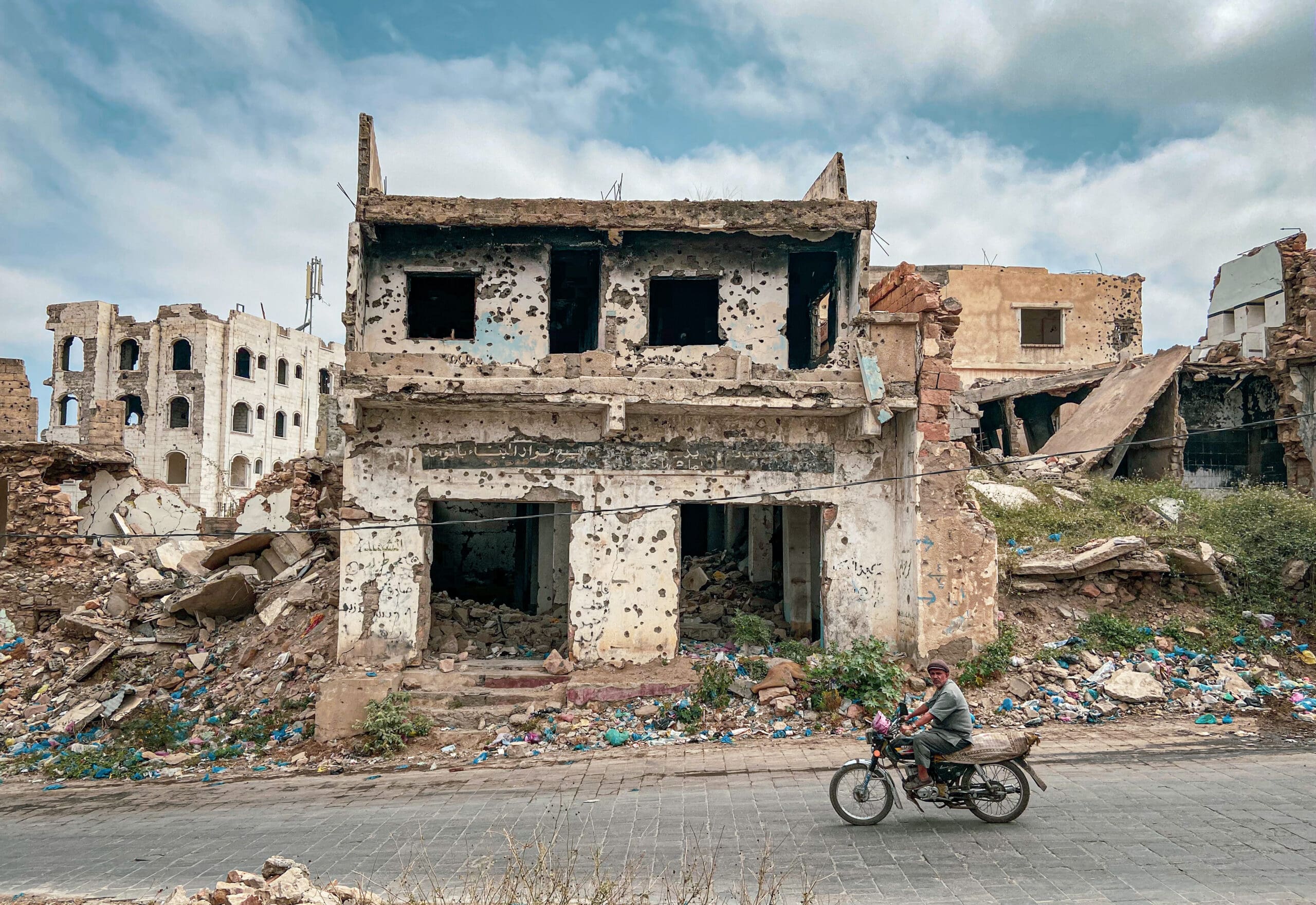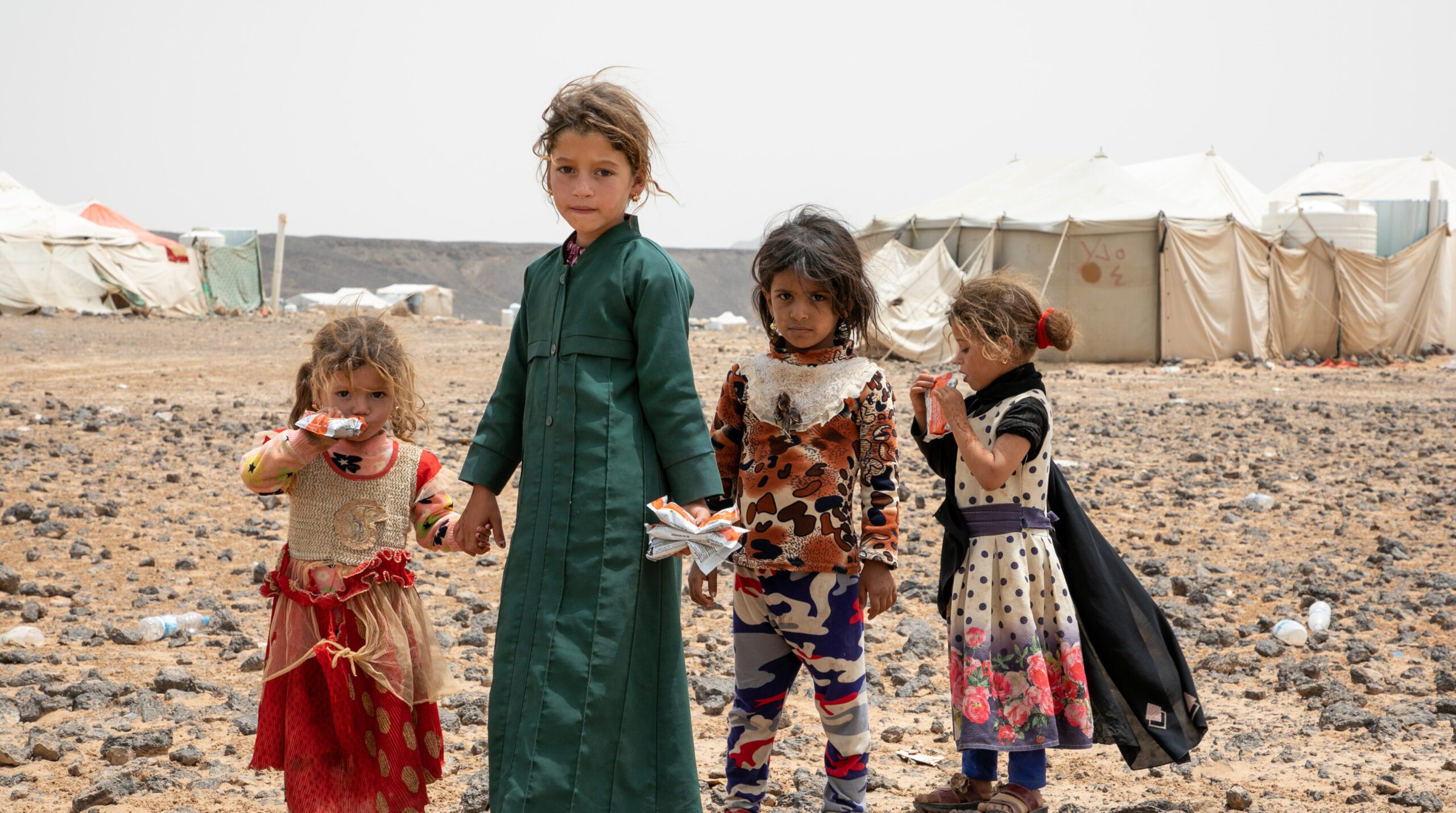Yemen
Fighting Conflict & Hunger
Yemen is one of the world’s worst humanitarian crises, suffering from both climate extremes and conflict.
Make a difference in Yemen
Looming Starvation
Food insecurity in Yemen is at an all-time high. Nearly 18 million Yemenis – over half the population – don’t know when they’ll eat another meal.
4.5 Million
people are internally displaced
19.5 Million
people need humanitarian assistance
17.1 Million
people are extremely hungry
Yemen Facts
New York
Show Places

New York
×
Geocoding Error Occured.
Tried to Geocode:
Error Type:
Please be sure to follow the tutorial on how to setup the Google APIs required for the Advanced Google Map Widget.
Google Map API Key Tutorial
Population: 34.4 million people.
Background: North Yemen gained independence in 1918, and South Yemen in 1967. The two countries merged into one country in 1990. Since then its faced ongoing internal and regional conflict.
Geography & Climate: Yemen is located on the Arabian Peninsula in the Middle East. The region is mostly a dry and hot desert landscape with mountains in the west.
Economy: Yemen is one of the poorest countries in the Middle East and North Africa. The country’s economy has been devastated by years of civil war. There’s widespread unemployment, and over 80% live below the poverty line.
Causes of Hunger
Civil War
Decades of civil war in Yemen have displaced 4.5 million people from their homes and and pushed over 17 million people into acute hunger. Conflict destroys lives, uproots communities and wrecks food systems, making it the primary cause of hunger.
Learn More Weakened Economy
Yemen is one of the poorest countries in the MENA region. On the Human Development Index, it ranks 168th out of 177 countries. An estimated 80% of the population lives below the poverty line. Ongoing conflict has damaged the economy and made the situation even worse. With a devalued currency and high cost of goods, millions cannot afford or access enough food.
Learn More Intense Drought
Yemen’s severe water scarcity and land degradation already make it difficult to grow food, but climate change is making conditions worse. Heavy storms cause flash floods that erode the soil and uproots vegetation. Intense droughts cause desertification. These two climate extremes destroy crops and make it difficult to sustain agriculture. Being on the coast, rising sea levels also causes saltwater intrusion which contaminates clean water and hurts agriculture.
Learn More 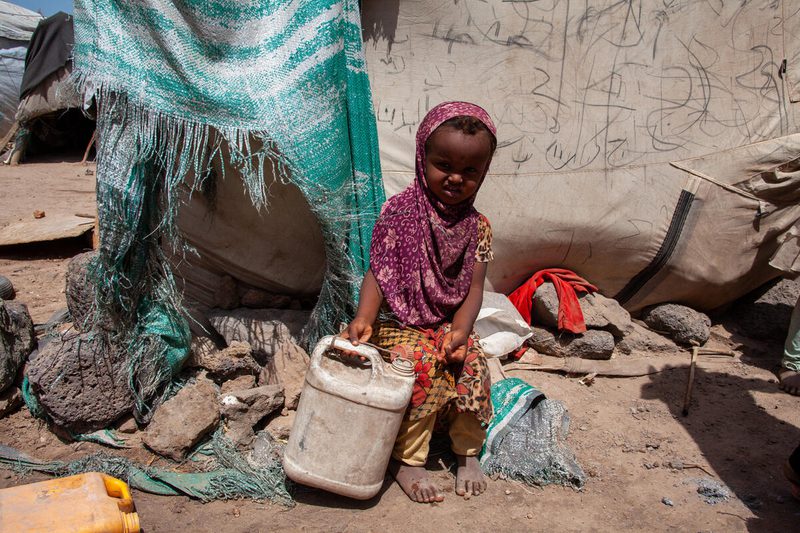
History of Hunger
1990-
North and South Yemen unified into one country, which also brought tensions and instability.
1994-
A civil war between the north and south led to widespread displacement and disruption of markets. WFP assisted with emergency food aid.
2004-2010
Years of fighting with rebel groups in displacement and crop destruction. WFP intervened with food assistance.
2008-2011
Consecutive years of flooding displaced people and destroyed crops. This was immediately followed by consecutive years of drought.
2015-2018
Cyclone Chapala hit Yemen and caused massive flooding. That flooding contributed to one of the largest Cholera outbreaks in the world.
2014-Present
A civil war grew into a regional and international conflict with multiple parties involved. This has resulted in one of the longest and worst humanitarian crises.
WFP's Work in Yemen
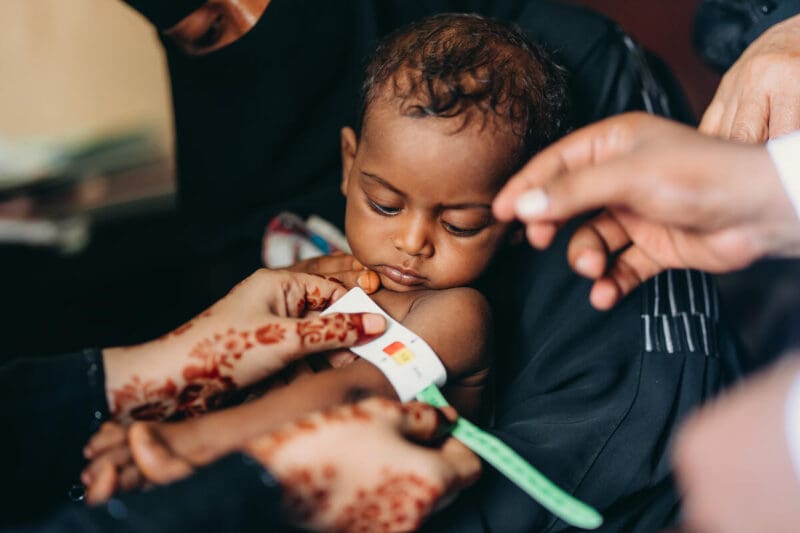
Nutrition Support
In Yemen, WFP provides both malnutrition prevention and treatment services for children under 5 and pregnant and breastfeeding mothers. In addition to specialized nutritious food, we provide cash-based assistance and nutrition awareness sessions.
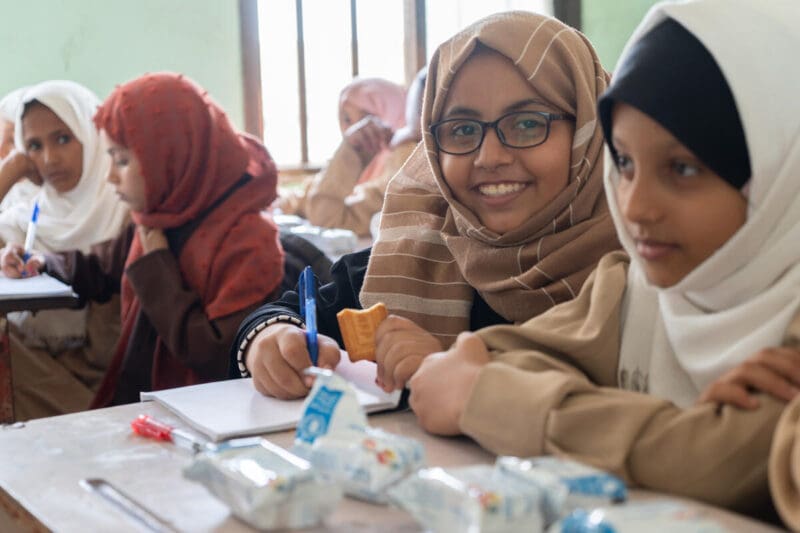
School Meals
In 2024, WFP reached around 1 million schoolchildren each month with school meals and snacks – including fortified date bars and high-energy biscuits.
WFP also runs a Healthy Kitchens project which provides locally sourced and freshly prepared meals to students. The integrated project provides a market for small-scale farmers to sell their crops, jobs for low-income households and nutritious meals for children to eat.

Resilience Programs
WFP works with communities in Yemen to rebuild assets like roads, agricultural land, irrigation systems, schools and health facilities. These projects contribute to people’s long-term food security by bolstering community assets, supporting small-scale agriculture and equipping participants with essential skills. Project participants also receive cash assistance.
Latest News From Yemen
- Blog
- February 1, 2024
- News Release
- December 6, 2023
- Blog
- March 13, 2023

